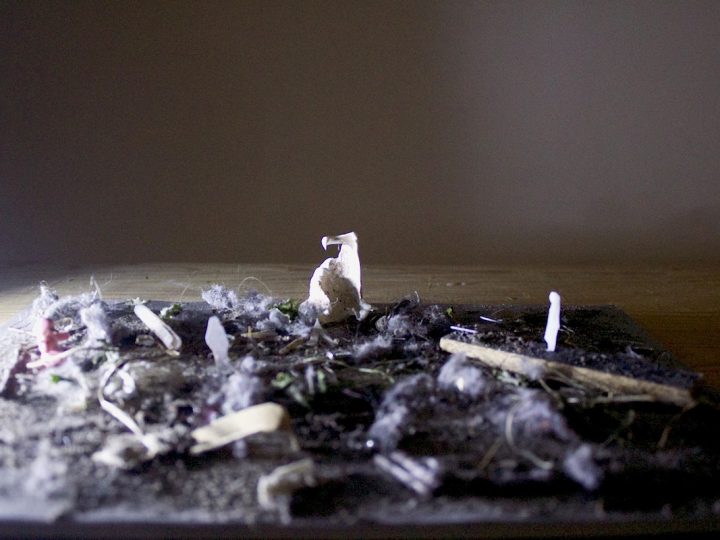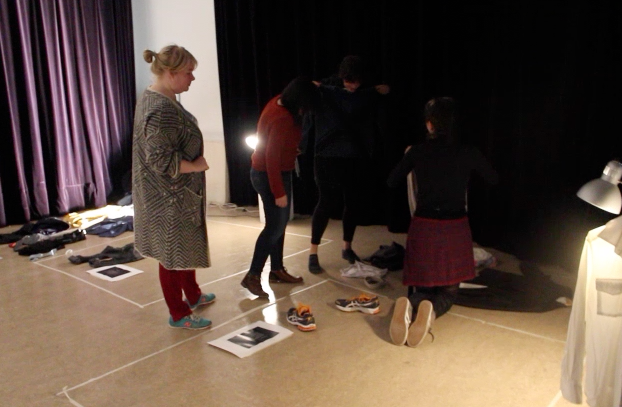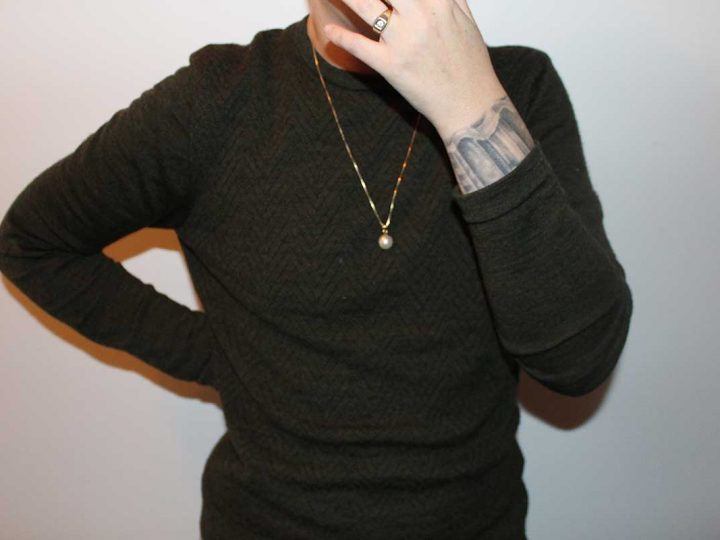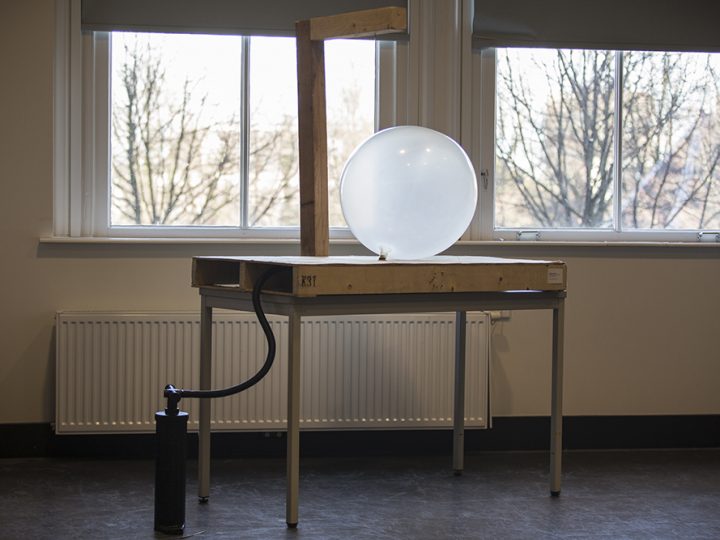The young versus the old
The experienced versus the newby
The talker versus the do-er
The artist versus the artist
LEON
Ping.
Saturday 21th of april
I get an email from Leon.
Leon is an artist who makes machines. These machines turn into installations of movement, objects and time. His latest is called quick sand- it is an installation with chairs who slowly dissolve into nothingness because of the sanding paper. His work is all about giving focus and attention to daily life.
To emphasize the absurdity and mostly, the futility of it.
Ping.
“Sure, lets meet up. Saturday is fine. 14.00 my atelier?’
I tell him yes. We have send each other 14 emails by now
14.24 ,I am lost.
Not only am I 24 minutes late – not surprisingly though- I call him, almost wanting to say that I am turning around.
14.31 I enter the area.
Immediate relaxation. In the middle of nowhere, between trees and green, surrounded by other artist I find his atelier. Materials are everywhere, which makes it playful and the area also breathes a certain concentration and focus.
We shake each other hands and there are absolutely no nerves. The conversation starts while he shows me around. It all happens organically.
The questions I ask Leon are very concrete. No more bulshitting around.
WORK METHOD
Leon, who is 26 years old and just graduated two years ago, tells me about an average day in his studio:
It is all about testing. Working with technique means testing because you never know what it does until you test it. It never works the way he wants it to work.
He first makes the drawings and then starts to research the objects. It never works the way he wants it to work
I should test things more
He loves to work within the field of installation art. It gives him a finished feeling- that the work is done whenever the machine is done. As soon as he puts the machine out there the work is no longer his. It is the spectator- free to associate or give meaning to it. There is no sense of authorship. He even finds it a bit repulsive- the artist as a marketed rock star.
I tell him theatre is the other way around- the work begins at the moment the audience is there. And the author is always present.We nod understandibly and I praise him for liking finished work.
Leon is like a child in his own studio. Constantly playing around. Trying out, having fun, focussing on sound or on movement. —-Mostly movement.
He has a lot of patience and sees the smallest things.
He tells me that if there is ever the moment of not having fun anymore he will stop making art.
TIME
I ask him how time plays a role in his installations. He tells me that movement is inseparably connected to it- one can not do without the other.
His sanding machine lasted 12 hours in the last exhibition and could go on for another 30 before the chairs would have been absorbed by it.
SPACE
What about space? The space the work is in?
He says it could be experienced differently through a space, but the work in itself will not change nor does he design especially for it. Dries is the exact opposite. The space can influence the work and it does. Some works are specifically designed upon the space.
What then, according to him, is the work mainly about? What defines it as art? When does it become art?
It is the object.
He calls himself a collector of things: hording all kinds of objects and materials from places as second hand shops, found objects on the streets and yesterday he went through the garbage bin of a big construction company. He finds it highly aesthetic materials to work with- you just have to see the movement and notion of time in it beyond the function it normally has. He does.
There is also the physical side of an object. Through physics we might understand this object better; how does it move, weight, contracts, heat up or cools down, stretches, falls, speeds up?
He wants to create in order for other people to see this beauty in daily movement and notion as well
16.47
We finish talking. Almost two hours later. He starts messing around with the objects lying there as if I am not even around. I film him.
When biking back I quickly stop on the corner of an empty and deserted street. There I pick up an orange traffic controller, which seems to have no function at all anymore, put it under my arm and go on. Next week I will visit Leon again and bring him my found object as a gift for showing the importance of the experiment and research.



